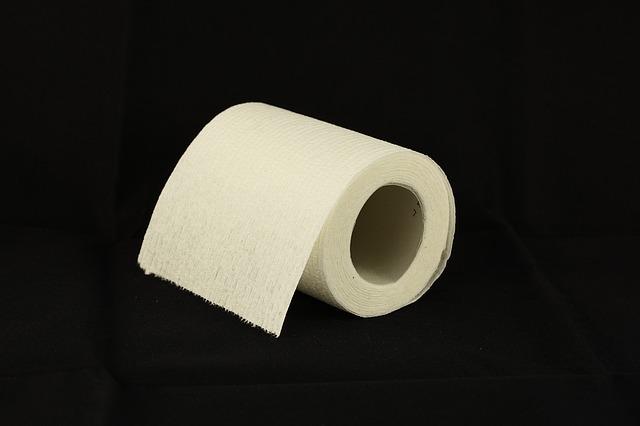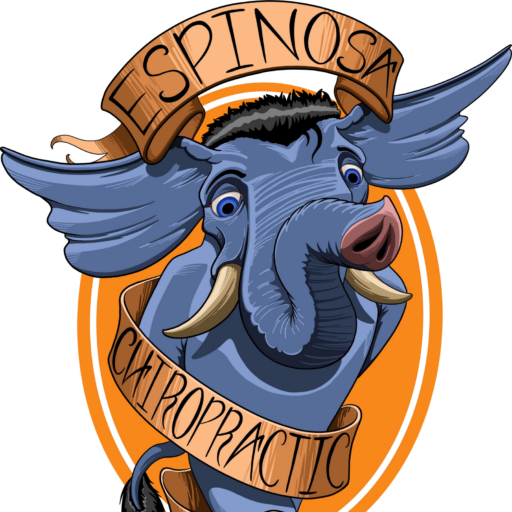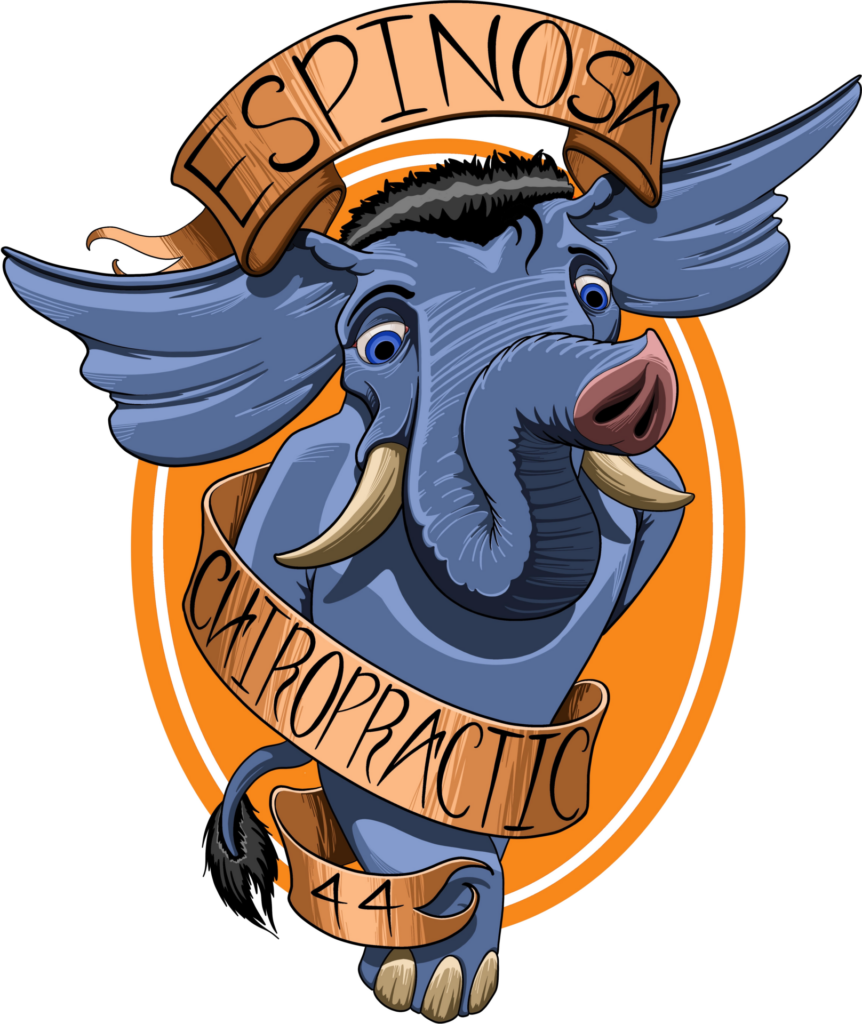Archive for September 2016
Scar Tissue

Scar tissue is a part of the body’s natural healing response, especially to severe injury and often times surgery. Why then is it so problematic? In this respect, it is in the same category as chronic inflammation: too much scar tissue can create a drag on your well-being. The process is simple: when cells are destroyed through injury, whether they be in organs, muscles or connective tissue, new cells must be formed in the same region, just the same way that a cut or puncture on the skin will eventually heal over but leaves a scar. Apply this concept to the inside of the body and you have scar tissue. The problem is that the new tissue is only about 60% as elastic as the original material, meaning that an area with a lot of scar tissue is going to be a lot stiffer and achier than it originally was.
If left unchecked, scar tissue will form an adhesion to other tissues in the area, essentially trapping joints and making them much stiffer than their original design. When left untreated, these trigger points become fibrotic with scar tissue and this is where we step in at Espinosa Family Chiropractic. The problems associated with scar tissue build up respond very well to chiropractic modalities including the Graston technique, the Active Release Technique and Myofascial Release. Even simple massage works to get into trigger points and break up the scar tissue that is accumulating.
Scar tissue is an inevitability for most people: even the seemingly innocuous task of typing can cause scar tissue build up because of repetitive micro-traumas. If you are suffering from a loss of range of motion or pain due to scar tissue build up, give our office in Sacramento a call and schedule an appointment today.
Dr. Raymond Espinosa, D.C.
Committing to your Long Term Health

Commitment is a sensitive subject for many: whether it be committing to a relationship, a job, or a new life experience, we all struggle, falter and succeed at different points in our life. However, one thing that is always worth the commitment, no matter the sacrifice, is the health of your body and mind. It’s not cliche to say this because far too few of us actually take this commitment seriously; as we get older, and we let our levels of activity fall off while we sit more than ever, the process of degeneration begins. While nutrition, mental health and other considerations such as injury or a degenerative condition all play a part, something we should never forsake is exercise, because it is a factor that is within our control.
When it comes to exercise, commitment is more important than intensity. While some people treat the gym as a kind of church, not everyone is born with the drive to dedicate hours out of their week to the gym. If you are one of these people, there is no problem, but you still need to be getting regular exercise to keep the excess pounds off, keep the pain at bay, keep your mind clear and to preserve the longevity of your one and only body. At Espinosa Family Chiropractic, we believe in the power of the individual and we want to help you starting now! We help by:
Helping you develop a personal health strategy: If you are struggling with where to start, give our office a call. We can help you determine exactly what you want to reap from a fitness plan including a lower, healthier weight, a more balanced spine, a stronger more stable core and more conditioned muscles.
Starting slow: let us help you recover lost range of motion and get you back to doing the basic calisthenics that every body is capable of. Chiropractic adjustment alleviates pressure from nerves allowing you to focus on working out pain free.
Keeping you accountable: we are your biggest fans, but we also want to see you go forth and prosper with your health. Let us help you establish health and well-being as top priorities in your life today by calling our office to schedule an appointment.
Dr. Raymond Espinosa, D.C.
Lumbar Health

Lower back pain is epidemic and on the rise in America for so many reasons: more jobs than ever require days spent deskbound with poor posture, book-ended by a commute and followed by hours spent sitting in unsupportive furniture watching television for relaxation. In short, we are sitting more than ever and setting ourselves up for failure, and the one entity suffering the most might be our lower backs.
The lumbar region is home to a network of nerves which diverge from the spinal cord at this point and influence a variety of functions including the mechanics of hip and knee movement. The five vertebrae which make up the lumbar are the largest bones in the spine and for good reason because they bear the weight of the body and absorb the shocks and stress of daily life.
Our ignorance and helplessness regarding lower back pain means that it is now one of the most common complaints at the doctor and is responsible for significant portions of lost productivity in the workplace. At Espinosa Family Chiropractic, we believe that this whole faulty system begins with a lack of education and we are here to help.
- For someone starting with the advantage of a healthy lumbar, we help with prevention: muscle strengthening, attention to posture and proper body mechanics are the keys to keeping your lower back pain-free into old age.
- For people with chronic lower back pain, we can help pinpoint the cause and being the rehabilitation process. Whether you need a chiropractic adjustment, a massage to improve circulation, or help learning corrective exercise, we are here for you.
Your lower back is one of the unsung heroes in your body. Few people learn to appreciate their lower back until it starts causing them trouble. If chronic low back pain is a mainstay in your life, call our office today so we can start you on the way to healing today.
Dr. Raymond Espinosa, D.C.
Breakfast and Quality of Life

Breakfast is your best friend, whether you like it or not. Studies show that people stay alive longer, with less depression and likelihood for developing certain diseases when they have a morning munch. The logic is plain: it is called breakfast because you are breaking the fast from the night before. Just like your brain needs clean proteins and certain minerals before bed to sleep restfully, it also needs nutrients to make the transition from night to day, and to help you function productively with low levels of stress. An ideal breakfast should be balanced nutrition-wise and should be consumed within 2 hours of waking; this means that the coffee/croissant/cigarette diet may need to go if you want to start feeling your best.
Breakfast benefits:
- Weight management. Fasting through breakfast leads you to crave more calories later in the day and thus you eat more when you are exerting yourself the least, leading to a realistic outcome of weight gain.
- Satiate body’s energy needs. The brain may be able to get by with a coffee, but this leaves your body at a deficit. Every cell in your body needs to be nourished in order to make you feel your most productive.
- Cognitive function. Likewise your brain needs consistent nutrition to function with low stress. The brain is a muscle and breakfast fortifies glucose levels in the body, allowing the brain to perform its essential functions, such as memory, more effectively.
Finally, eating breakfast is linked to living longer. When changing your morning meal habits, focus on quality and consistency. Think of your nutrition and state of mind as running fluid, parallel courses; just as you don’t want your mood or state of mind to be fluctuating through peaks and valleys, so you want your nutrition to be consistent, delivering the right amount of nutrients throughout the day. If you need someone to hold you accountable for achieving any health plan, give our office a call. We can help you start feeling great today.
Dr. Raymond Espinosa, D.C.
Tricks to Eat Less

If consuming less calories is on your to-do list this fall, go about it in the smartest way possible. As with the cookie jar syndrome, what we can’t have we will inevitably crave and this means a greater likelihood for breaking any diet. In essence, we want to cut the calories but not the joy and satisfaction that we reap from a good meal. This is a difficult proposition: our diets are usually determined by myriad factors besides just the calories on the plate. Your mood, level of activity, and
- Eat breakfast: people who eat breakfast every day are found lower on the BMI scale and consume less calories per day than those who skip breakfast. This is because you will feel less hungry throughout the day and therefore you won’t seek out extra calories later that day to compensate.
- Slow down: Mowing through food before your body even has the chance to process what is happening? This is a good way to eat more than you need to. Discipline yourself to fully chew each bite before moving on and enjoy the food. Chances are you will feel full faster and not need a second helping.
- Use soup and salad as “ruffage.” These are not empty calories: the nutritional benefit that comes along with most soup and salad makes these calories valuable. The fact that they make you feel a little more full is just an added bonus.
- Drink water: working on the same principle as above, but with zero calories. Water is important for regulating many functions in the body, but it also helps us feel just slightly fuller.
- Smaller plates: I’m sure you’ve heard this one before, but portion control is important. Humans eat, on average, 93% of what is in front of them.
- Finally, utilize protein. And it does not need to come with the excess fat. Eating lean proteins that are derived from beans, lean meats and low-fat dairy products can be a tasty way to get the protein your muscles need without the extra fat.
Nutrition is one of the two most important elements of a successful weight plan. For people concerned with the longevity of your spine (your chiropractor included) maintaining a healthy weight is one of the best things you can do.
Dr. Raymond Espinosa, D.C.
Resistance Stretching

Stretching that increases both flexibility and strength is a win-win. Modern lifestyles seem to be about optimization: the streamlining of social lives into cell-phone applications, the search engine optimization and analytics of an internet driven culture, and workplace productivity pitting humans vs. machines. In this crazy world of efficiency, it almost makes the most sense to apply this notion to our health. Stretching has long been considered to be key in any plan that seeks to prevent injury and to preserve the longevity of muscles, joints and structures of the body. Resistance stretching is a relatively newer region of health that is taking the Olympic athletic world by storm.
Resistance stretching is a matter of optimization: by stretching you are increasing flexibility and by adding resistance, whether assisted by equipment or simply using your muscles, you are also strengthening. There are specific movements that can be done with little cost besides time, from your living room.
Stretches that also strengthen include:
- Resisted neck twists
- Resisted hip flexion
- Partner-resisted chest and upper back stretches
- Partner-resisted hamstring stretches
The minute-to-value ratio has never been so stacked in your favor: make all those minutes in front of the Netflix screen work for you instead of against you by devoting a few minutes during the show to serious stretching. At Espinosa Family Chiropractic, we want you to take your health into your hands; we help you do this by providing you with the knowledge and demonstration of practical stretches that will preserve your flexibility and strength and boost your overall well-being.
Dr. Raymond Espinosa, D.C.
The Greatest Chance of Success for Rehabilitation

Most injuries that cause back pain and stiffness are not forever. At Espinosa Family Chiropractic, we know that there is no written-in-stone method for a successful recovery from a back injury; each injury is unique and will require its own formula integrating physical therapy, nutrition and exercise. However, when it comes to rehabbing a specific injury, there are things to be avoided in order to give yourself the best chance of success. Bed-rest is therefore not your friend; one thing that most injuries share in common is reacting well to regular activity. For all but the most severe back injuries, we try to get you moving with low-impact aerobic activity as soon as possible. Other things you can do:
- Focus on core strength: keeping the stabilizing muscles conditioned is a great way to share the burden with those intervertebral discs in the lower back.
- Watch out for muscle atrophy: A chief side-effect of injury is that it limits our proclivity for activity. Staying sedentary contributes to muscle and joint weakness, and actually hinders the speed of your recovery.
- Stay as flexible as possible: activities like swimming are great because they promote active-stretching: a one hour session in the pool helps preserve range of motion in nearly every joint. If you are not inclined toward water, we can show you land borne stretches that will provide the same benefit.
- What to avoid: running, if possible, because of its jarring effect on joints. Being sedentary for too long; lumbar flexion and rotation activities; leg lifts and sit ups.
At our office in Sacramento, we utilize modalities including chiropractic adjustment, spinal decompression and lumbar traction to help you heal. After an evaluation of the state of your spine and a discussion about your limitations and health aspirations, we can help you get on the road to your most optimal recovery.
Dr. Raymond Espinosa, D.C.
